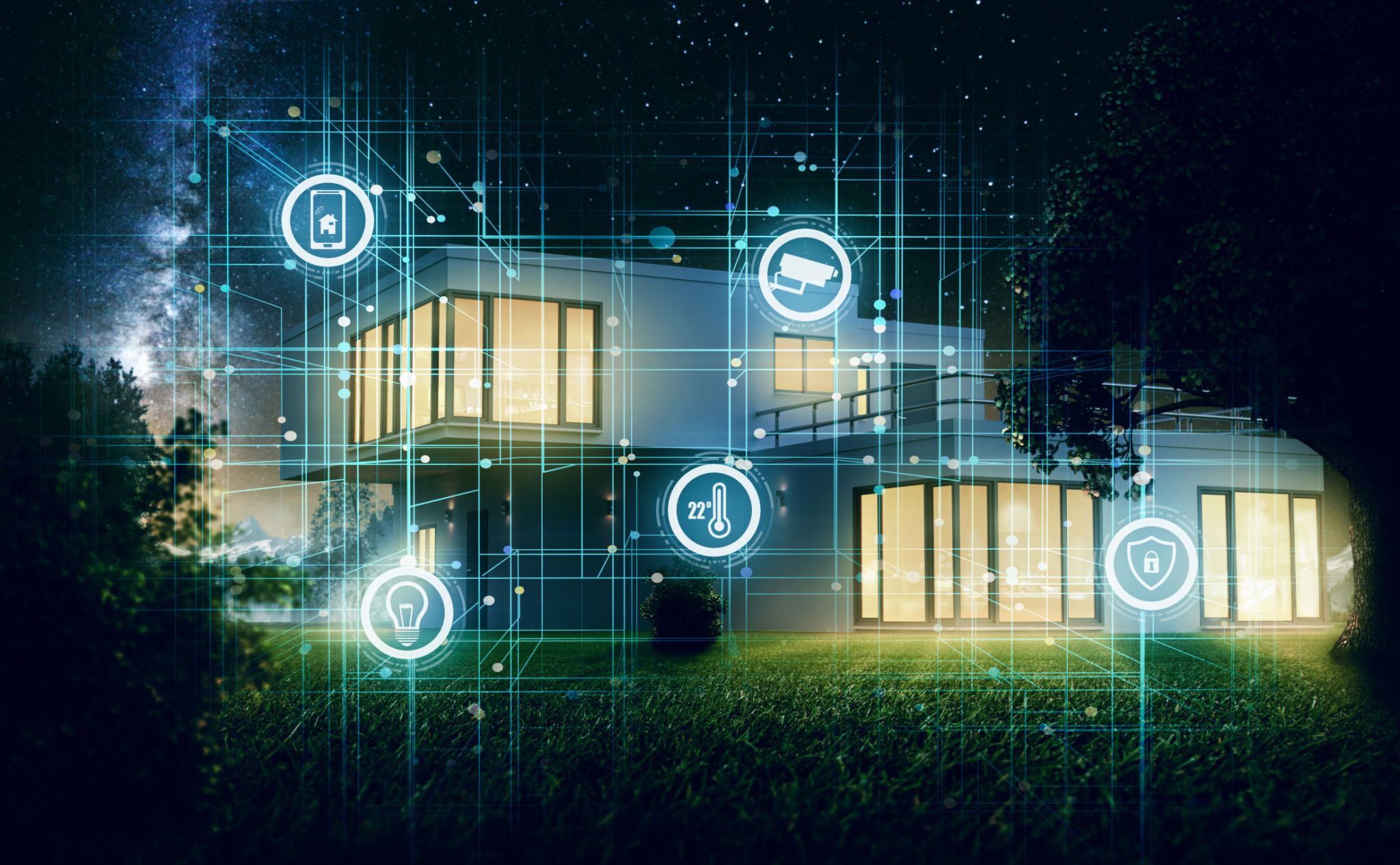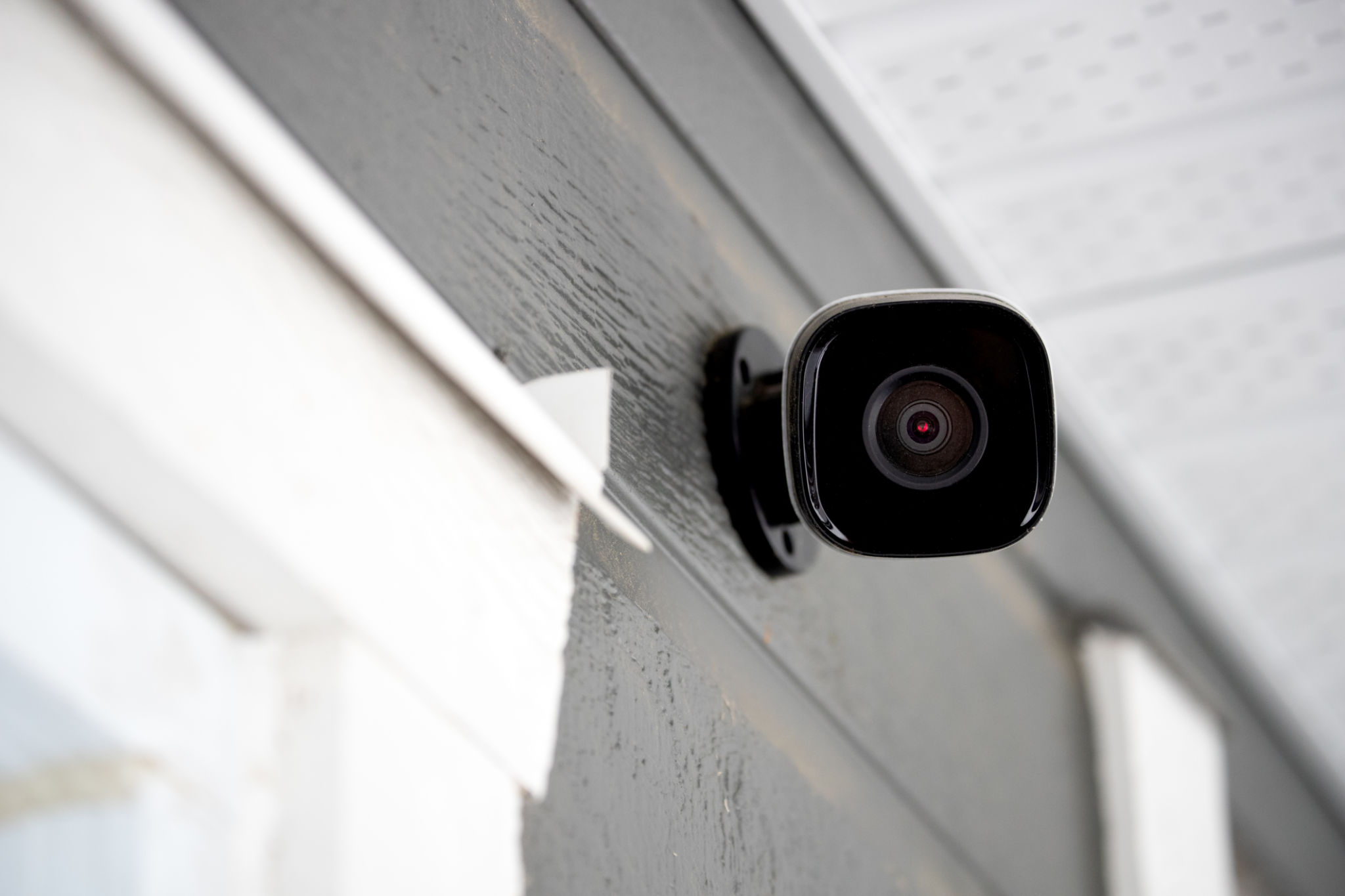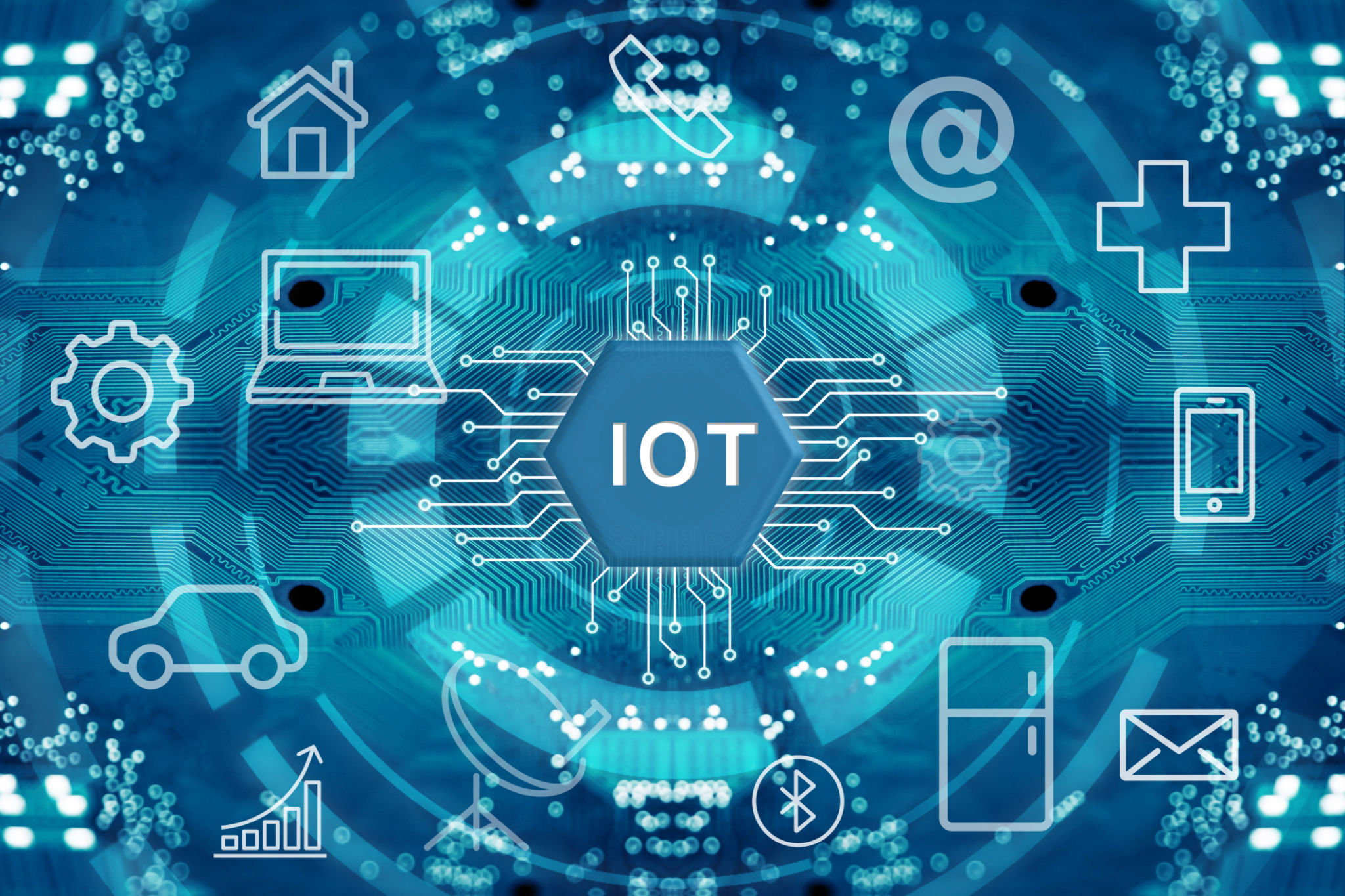Exploring the Latest Trends in Smart Home Technology
The Rise of Smart Home Devices
In recent years, the concept of a smart home has transitioned from science fiction to a tangible reality. With advancements in technology, smart home devices are becoming more accessible and integrated into our daily lives. From controlling lights with your smartphone to using voice commands for adjusting the thermostat, these devices offer convenience and efficiency that were once unimaginable.
The market is flooded with innovative gadgets designed to make our homes smarter and more intuitive. As these technologies evolve, they not only enhance our living spaces but also provide a glimpse into the future of home automation.

Integration with Voice Assistants
One of the most significant trends in smart home technology is the integration with voice assistants like Amazon Alexa, Google Assistant, and Apple's Siri. These AI-powered assistants allow users to control various smart devices using simple voice commands, making home automation more seamless and user-friendly.
This integration extends beyond basic functionalities. Users can now create complex routines that trigger multiple devices simultaneously. For instance, a "Good Morning" routine could adjust the thermostat, turn on the lights, and start the coffee maker—all with a single command.
Enhanced Security Features
Security is a top concern for homeowners, and smart home technology is stepping up to the challenge. Modern security systems offer features such as real-time video surveillance, remote monitoring, and smart locks that can be controlled via smartphone apps. These advancements not only provide peace of mind but also allow homeowners to keep an eye on their property from anywhere in the world.

Energy Efficiency and Sustainability
As environmental awareness grows, so does the demand for energy-efficient smart home solutions. Many smart devices now come equipped with features that help reduce energy consumption. Smart thermostats, for example, learn your schedule and adjust heating and cooling settings accordingly, optimizing energy use without sacrificing comfort.
Additionally, smart lighting systems can automatically adjust based on natural light availability or occupancy, further contributing to energy savings. By integrating these technologies, homeowners can significantly reduce their carbon footprint while enjoying modern conveniences.
The Role of IoT in Smart Homes
The Internet of Things (IoT) plays a pivotal role in the development of smart homes. By connecting various devices to the internet, IoT enables seamless communication between gadgets, creating an interconnected ecosystem. This connectivity allows for real-time data sharing and analysis, leading to smarter decision-making and improved overall efficiency.

Improved Entertainment Options
Smart home technology is revolutionizing home entertainment by offering enhanced options for media consumption. Smart TVs with built-in streaming services, immersive sound systems, and voice-controlled entertainment hubs are just a few examples of how technology is transforming our leisure time.
Moreover, these devices often integrate with other smart gadgets to provide a cohesive entertainment experience. Imagine dimming the lights and adjusting the volume with a single voice command while settling in for movie night.
The Future of Smart Home Technology
The future of smart home technology promises even more exciting developments. As artificial intelligence continues to advance, we can expect smarter devices that anticipate our needs and preferences. From predictive maintenance alerts for appliances to personalized wellness recommendations based on environmental data, the possibilities are endless.
In conclusion, exploring the latest trends in smart home technology reveals a rapidly evolving landscape filled with innovative solutions designed to enhance our living spaces. As these technologies become increasingly integrated into our daily lives, they offer not only convenience and efficiency but also a glimpse into a more interconnected and sustainable future.
